Difference in U-values/SHGC/Visible Light major or minor?
spup345
14 years ago
Related Stories

MOST POPULAR5 Remodels That Make Good Resale Value Sense — and 5 That Don’t
Find out which projects offer the best return on your investment dollars
Full Story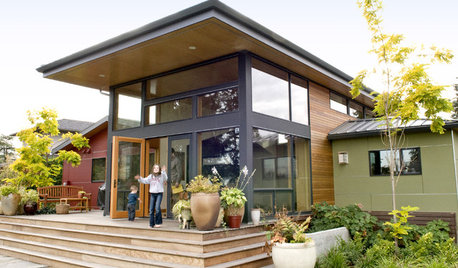
SELLING YOUR HOUSE10 Ways to Boost Your Home's Resale Value
Figure out which renovations will pay off, and you'll have more money in your pocket when that 'Sold' sign is hung
Full Story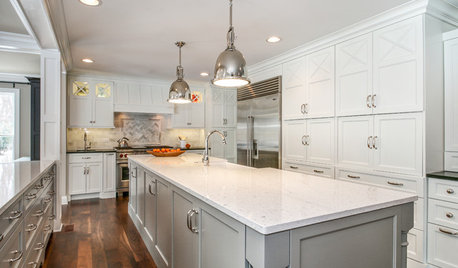
BEFORE AND AFTERSInside Houzz: Ideabooks Propel a Major Chicago Remodel
Communicating redesign wishes was easy for a homeowner with Houzz’s tools at her fingertips
Full Story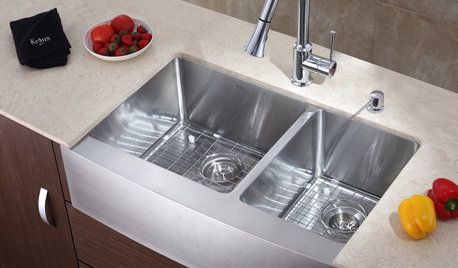
MOST POPULAR8 Little Remodeling Touches That Make a Big Difference
Make your life easier while making your home nicer, with these design details you'll really appreciate
Full Story
REMODELING GUIDESSurvive Your Home Remodel: 11 Must-Ask Questions
Plan ahead to keep minor hassles from turning into major headaches during an extensive renovation
Full Story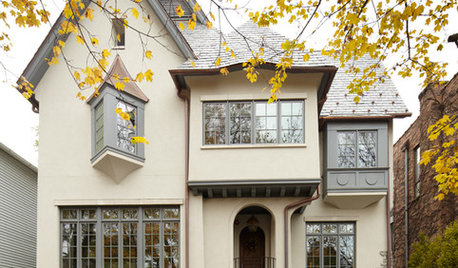
HOUSEKEEPINGHow to Tackle Your Home To-Dos
Make quick work of minor repairs and replacements with this thorough, step-by-step approach
Full Story
HOUZZ TOURSMy Houzz: Midcentury Modern Style Transforms a Vineyard Bungalow
Spectacular surroundings and iconic design inspiration meet in a major overhaul of a 1960s Ontario home
Full Story
FUN HOUZZDon’t Be a Stickybeak — and Other Home-Related Lingo From Abroad
Need to hire a contractor or buy a certain piece of furniture in the U.K. or Australia? Keep this guide at hand
Full Story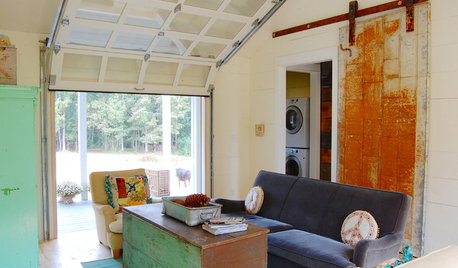
DOORSCreative Ways With Barn-Style Doors
Considering jumping on the barn-door bandwagon? These examples in different styles offer inspiration aplenty
Full Story
MIDCENTURY STYLEHouzz Tour: Addicted to Iconic Furniture in Houston
Most people buy furniture to fit their homes. This collector of midcentury modern pieces takes a different approach
Full Story








galefarm
spup345Original Author
Related Professionals
Idylwood Window Contractors · Ruskin Window Contractors · Central Islip Window Contractors · Coral Shores Window Contractors · South Laurel Window Contractors · Athens General Contractors · Cedar Hill General Contractors · Citrus Heights General Contractors · Jackson General Contractors · Merritt Island General Contractors · Nashua General Contractors · Norristown General Contractors · Joppatowne General Contractors · Oak Grove Carpenters · River Forest Carpentersspup345Original Author
lakeyjim
spup345Original Author